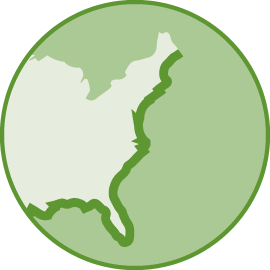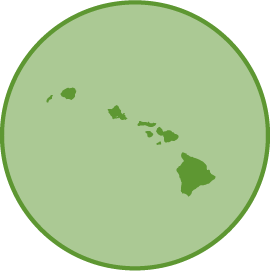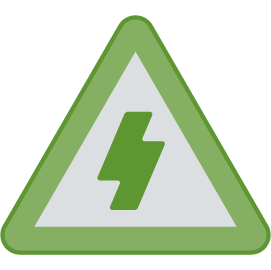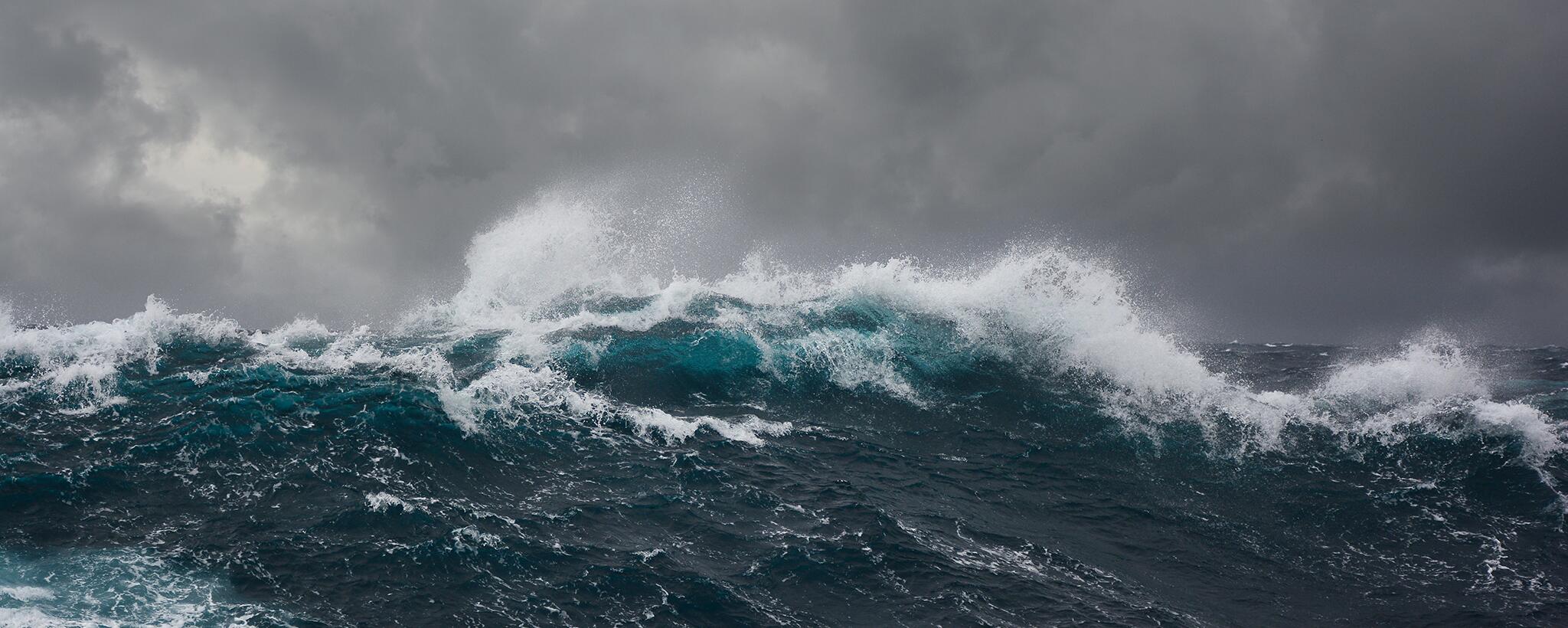Prepare for Hurricanes
Stay Safe During
Returning Home
Additional Resources

If you are a disaster survivor, please visit FEMA.gov for up-to-date information on current disaster declarations. If you have questions about your disaster assistance application, you can call (800) 621-3362, visit disasterassistance.gov or use the FEMA mobile app.
Hurricanes are dangerous and can cause major damage from storm surge, wind damage, rip currents and flooding. They can happen along any U.S. coast or in any territory in the Atlantic or Pacific oceans. Storm surge historically is the leading cause of hurricane-related deaths in the United States.

Eastern Pacific Hurricane Season: May 15-November 30.

Atlantic Hurricane Season: June 1-November 30.

Central Pacific Hurricane Season: June 1-November 30.
Prepare for Hurricanes
Know Your Hurricane Risk
Hurricanes are not just a coastal problem. Find out how rain, wind, water and even tornadoes could happen far inland from where a hurricane or tropical storm makes landfall. Start preparing now.
Make an Emergency Plan
Make sure everyone in your household knows and understands your hurricane plans. Include the office, kids’ day care, and anywhere else you frequent in your hurricane plans. Ensure your business has a continuity plan to continue operating when disaster strikes.
Know your Evacuation Zone
You may have to evacuate quickly due to a hurricane if you live in an evacuation zone. Learn your evacuation routes, practice with your household and pets, and identify where you will stay.
- Follow the instructions from local emergency managers, who work closely with state, local, tribal, and territorial agencies and partners. They will provide the latest recommendations based on the threat to your community and appropriate safety measures.
Recognize Warnings and Alerts
Have several ways to receive alerts. Download the FEMA app and receive real-time alerts from the National Weather Service for up to five locations nationwide. Sign up for community alerts in your area and be aware of the Emergency Alert System (EAS) and Wireless Emergency Alert (WEA), which require no sign up.
Those with Disabilities
Identify if you may need additional help during an emergency if you or anyone else in your household is an individual with a disability.
Review Important Documents
Make sure your insurance policies and personal documents, such as ID, are up to date. Make copies and keep them in a secure password-protected digital space.
Strengthen your Home
De-clutter drains and gutters, bring in outside furniture, and consider hurricane shutters.
Get Tech Ready
Keep your cell phone charged when you know a hurricane is in the forecast and purchase backup charging devices to power electronics.
Help your Neighborhood
Check with neighbors, senior adults, or those who may need additional help securing hurricane plans to see how you can be of assistance to others
Gather Supplies
Have enough supplies for your household, include medication, disinfectant supplies and pet supplies in your go bag or car trunk. You may not have access to these supplies for days or even weeks after a hurricane.
Stay Safe During a Hurricane

Stay Informed
- Pay attention to emergency information and alerts.
- If you live in a mandatory evacuation zone and local officials tell you to evacuate, do so immediately.

Dealing with the Weather
- Determine how best to protect yourself from high winds and flooding.
- Take refuge in a designated storm shelter or an interior room for high winds.
- Go to the highest level of the building if you are trapped by flooding. Do not climb into a closed attic. You may become trapped by rising flood water.
- Do not walk, swim or drive through flood waters. Turn Around. Don’t Drown! Just six inches of fast-moving water can knock you down, and one foot of moving water can sweep your vehicle away.
Returning Home After a Hurricane
- Pay attention to local officials for information and special instructions.
- Be careful during clean up. Wear protective clothing, use appropriate face coverings or masks if cleaning mold or other debris. People with asthma and other lung conditions and/or immune suppression should not enter buildings with indoor water leaks or mold growth that can be seen or smelled, even if these individuals are not allergic to mold. Children should not help with disaster cleanup work.
- Wear protective clothing and work with someone else.
- Do not touch electrical equipment if it is wet or if you are standing in water. If it is safe to do so, turn off electricity at the main breaker or fuse box to prevent electric shock.
- Do not wade in flood water, which can contain dangerous pathogens that cause illnesses. This water also can contain debris, chemicals, waste and wildlife. Underground or downed power lines also can electrically charge the water.
- Save phone calls for emergencies. Phone systems often are down or busy after a disaster. Use text messages or social media to communicate with family and friends.
- Document any property damage with photographs. Contact your insurance company for assistance.
Additional Resources
Videos
- Storm Surge Public Service Announcements
- FEMA Accessible: Hurricane Safety Messages
- Prepare to Protect: Public Service Advertisements
Graphics and Social Media
More Information
- National Weather Service Hurricane Preparedness Week
- Hurricane Information Sheet (PDF)
- CDC Hurricanes & Other Tropical Storms
- National Flood Insurance Program coverage for flood damage that homeowners insurance won’t cover
- Flood Map Service Center for determining your flood risk
- National Storm Surge Hazard Maps to determine your vulnerability


